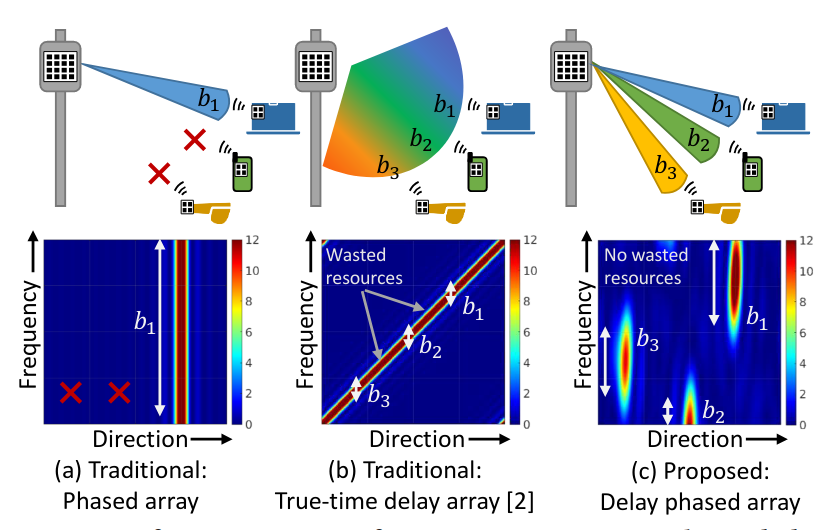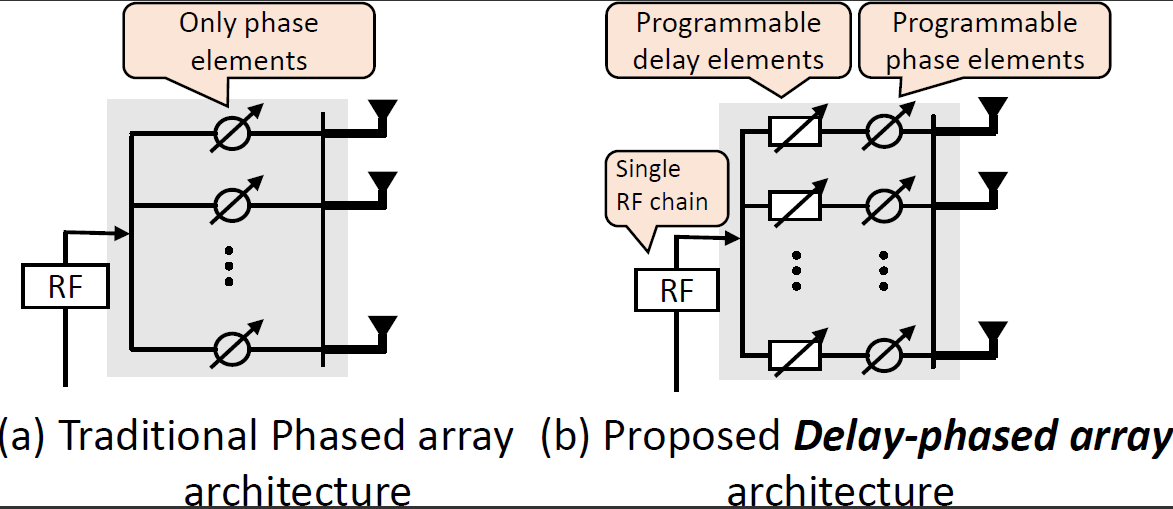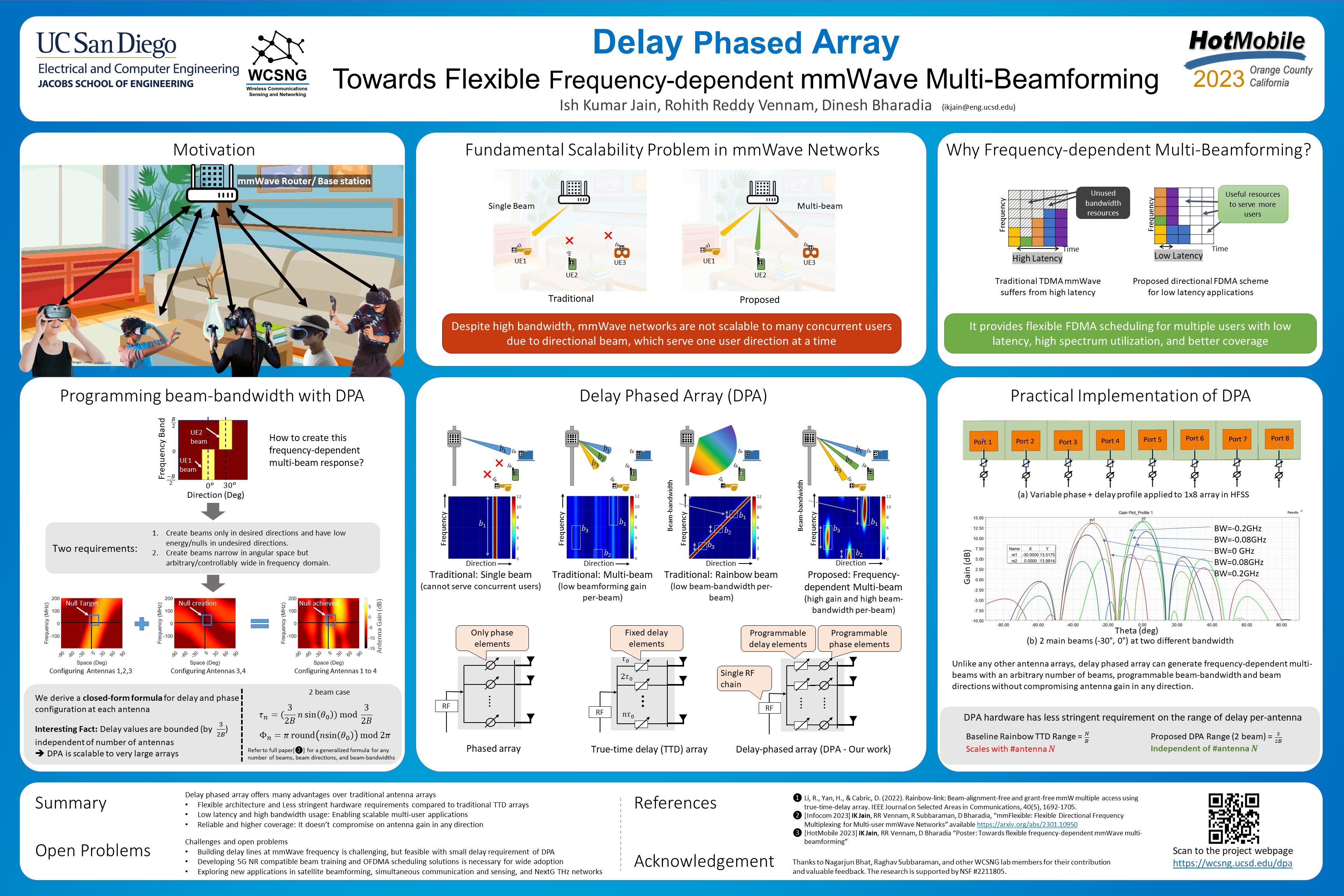Modern mmWave systems have limited scalability due to inflexibility in performing frequency multiplexing. All the frequency components in the signal are beamformed to one direction via pencil beams and cannot be streamed to other user directions. We present a new flexible mmWave system called mmFlexible that enables flexible directional frequency multiplexing, where different frequency components of the mmWave signal are beamformed in multiple arbitrary directions with the same pencil beam. Our system makes two key contributions: (1) We propose a novel mmWave front-end architecture called a delay-phased array that uses a variable delay and variable phase element to create the desired frequency-direction response. (2) We propose a novel algorithm called FSDA (Frequency-space to delay-antenna) to estimate delay and phase values for the real-time operation of the delay-phased array. Through evaluations with mmWave channel traces, we show that mmFlexible provides a 60-150% reduction in worst-case latency compared to baselines.

DPA architecture consists of programmable delay and programmable phase element per antenna with a single-RF chain. These elements can be programmed together to create flexible beam responses that are not possible by either of the two elements alone. Our insight is to control two knobs: delays τn and phase Φn to get the desired response.

